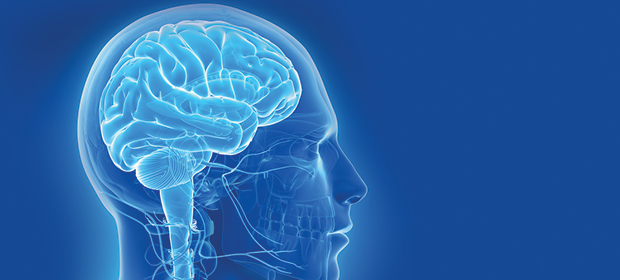
Exploring new technologies and innovative approaches.
By Steven W. Louie, M.S., Amgen; Bjoern Bauer, Ph.D., University of Kentucky; and Patrick T. Ronaldson, Ph.D., University of Arizona
The brain retains a nearly impenetrable wall against any potential central nervous system (CNS) therapeutic agents attempting to invade its fortress. Due to the complexity of the brain, developing CNS therapeutic drugs remains a formidable challenge for all pharmaceutical companies. In 2014, the Tufts Center for the Study of Drug Development reported that drugs developed between 1999 and 2013 that were designed to target CNS diseases took more than one year longer (12.8 months, 18 percent longer) to develop than non-CNS drugs.1 This analysis included 42 CNS and 345 non-CNS therapeutic compounds approved by the Food and Drug Administration (FDA). Additionally, CNS drugs were less likely to obtain marketing approval than non-CNS drugs based on development and approval histories of 274 CNS and 1,168 non-CNS investigational drugs. An example of the complexities of both the brain and CNS drug development is highlighted in the recent failure of the Alzheimer disease (AD) drug solanezumab in clinical trials.2 In 2012, Eli Lilly reported promising results from patients with mild AD; however, the most recent large-scale clinical trial failed to replicate those earlier findings. This clinical trial also highlights that the reduction of amyloid-b protein levels does not necessarily reduce Ab-plaque formation, further adding to the complexity of CNS drug development.